Not everyone looks the same, acts the same or indeed learns the same. Being passionate about helping children with learning differences, and through my studies in this area, it has become clear to me that we must adapt our education system to incorporate the needs of every student, not just those that ‘fit the mould’.
Today’s classrooms are becoming increasingly varied with a diverse group of students. Some students may have English as an additional language, some may be gifted in certain areas, some may have disabilities, others learning differences like dyslexia or dyspraxia and many may be culturally diverse. Inclusive education can be defined as providing explicitly designed instruction and supports for all learners in a regular educational setting. Truly inclusive classrooms depend on how teachers respond to these varied individual differences and plan for their success. We are all different and this is a natural human quality which results in the diversity and richness of our society, and this variation must be reflected in our schools.
Why is inclusion important?
In the past, students who learned differently were segregated or encouraged to cope with our standardised educational system to the best of their ability, with one lesson for the whole class, extension for those who needed it and less challenging work and intervention for those who struggled. Studies show that those students given less challenging work felt different and less capable than their peers. In fact, legislation now exists to ensure that all students, regardless of their abilities, are able to access the curriculum.
Who benefits from inclusive education?
Not only do students benefit from inclusive education, but teachers will better understand the diverse ways in which students learn and are more confident in adapting their teaching to respond to these diverse needs. These teachers become more reflective practitioners who notice how their students learn and adjust their teaching accordingly.
In an inclusive school everyone is made to feel welcome with students helping one another, staff collaborating with one another and all parties treating each other with respect. Inclusive education ensures the opportunity for participation through a diverse range of teaching styles and individual approaches ensuring a quality education for all students and accommodating their various abilities. As a consequence, all students feel respected and valued and are provided with an equal opportunity to learn together.
What does an inclusive classroom look like?
Gardner (2002) identified an inclusive classroom as one in which:
· Everyone is made to feel welcome.
· Students help one another.
· Staff collaborate with one another.
· Staff and students treat one another with respect.
· High expectations are set for all pupils.
· Students are equally valued.
· Staff seek to remove all barriers to learning and participation in school.
· Lessons are responsive to student diversity.
· Lessons are made accessible to all students.
· Lessons develop an understanding of difference.
· Students are actively involved in their own learning.
· Students learn collaboratively.
· Assessment encourages the achievements of all students.
· Classroom discipline is based on mutual respect.
· Teachers plan, review and teach in partnership.
· Teachers are concerned to support the learning and participation of all students.
· Student difference is used as a resource for teaching and learning.
· Staff develop resources to support learning and participation.
Inclusive classrooms recognise a wide range of diversities in students while continuing to respect individual identities. A teacher in an inclusive classroom will accept, recognise and celebrate the wide variety of learners and learning styles within their classroom and in doing so, will promote equity through accepting those differences. Students in an inclusive classroom will be encouraged to try different methods of learning that better suit their learning styles and teachers will work to identify ways in which to assist the students learning.
In an inclusive classroom, teachers have high expectations of all students. They will identify student strengths and will create lessons which will engage these strengths. Teachers will be empathetic, informed and understand that student labels are useful but are of less importance than seeing the student first, the student’s needs second and finally their challenges. Teachers will celebrate student success and will work with the students to encourage them to do the same.
Just imagine what being in an inclusive classroom setting can do for the confidence of a child who is struggling!
Gardner, P. (2002). Strategies and Resources for Teaching and Learning in Inclusive Classrooms. London: David Fulton Publishers.
Sue

